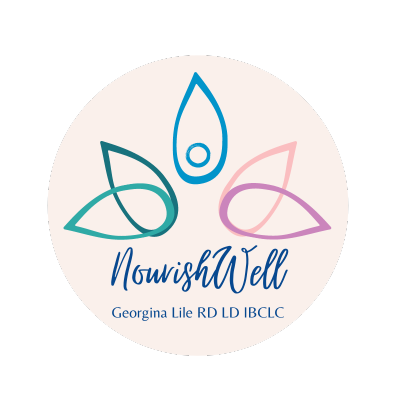A Guided Pumping Meditation Can Improve Milk Output
Have you ever felt like you had milk, but could not pump out a drop? In my practice, I see a lot of moms that don’t respond well to a pump. I went through this myself at times. I had a traveling job and never knew exactly when or where I would be pumping. The stress of not knowing and feeling very exposed at times, would inhibit my let-down and I often had trouble pumping. The milk was there, but my body would not cooperate. There are a variety of reasons why a parent might not respond to a pump all of the time. It’s a good idea to work with a lactation consultant to assess why you might not be responding to your pump. Some of the time it can be stress related and relaxation techniques can be helpful.
There is a psychological aspect to breastfeeding and the amount of milk we let-down while pumping can be affected by stress, fear and anxiety. This is because stress hormones can interfere with oxytocin, the hormone that triggers let-down. Meditation and deep breathing help the body to relax and can help trigger a let-down. This is because deep exhalations activate the vagus nerve which slows the heartrate, relaxes the body and increases oxytocin levels.
Visualization can also assist by activating the unconscious mind, motivating it to create a current reality that matches the one we have envisioned. A vivid thought can prompt the brain to send imperceptible signals to that part of the body and can influence muscle movement and hormone secretion. Image visualization can be used to improve let-down and milk output in conjunction with a plan of frequent milk removal by baby or pump or combination of both.
Research tells us that moms can pump slightly more milk at each session, if they listen to relaxing music or use some sort of relaxation protocol. In one study, NICU moms were given an audio-galactogogue (a guided meditation) to listen to and were compared to moms with no relaxation protocol. The moms using the audio-galactogogue produced about an ounce more per session after 1 week.
Visualization can also help non-gestational parents that are inducing lactation for the first time or any parents that are attempting to lactate but are not able to direct feed the baby. Our brains know the difference between mammary stimulation from a pump and a baby and it responds differently to each. With visualization, we can trick our brain into perceiving that a baby is doing the work because our brains do not know the difference between a good visualization experience and reality. I recommend these parents listen to a guided pumping meditation at least 3 times per day while they are following their induction pumping protocol.
I have designed a similar audio-galactogogue to the one used in the study. This pumping relaxation guide is part meditation and part guided imagery. This guided pumping meditation can be used while pumping to attempt to relax and improve output. Nothing improves output more than removing milk more frequently.* This free guide, however, may help with let-down and improved emptying of the breast. It’s not guaranteed, but many moms who have tried it, have given positive feedback. Please try it and let me know how it works for you.
REGISTER FOR THE FREE GUIDED PUMPING MEDITATION
If you are trying to increase supply, the most important action is to remove milk more often. If you you would like to discuss a plan to improve supply. induce lactation or relactation, please contact me at glile@nourishwell.online. Follow me on Instagram for more lactation tips.
GEORGINA LILE IS AN IN-NETWORK PROVIDER FOR AETNA
Many Aetna plans cover up to 6 visits with a lactation consultant if you need support with breastfeeding or a prenatal breastfeeding class; with no out-of-pocket cost to you.
She also accepts some Blue Cross Blue Shield, Cigna and United Plans through Lactation Network. Coverage varies.
Telehealth consults available nationally.
